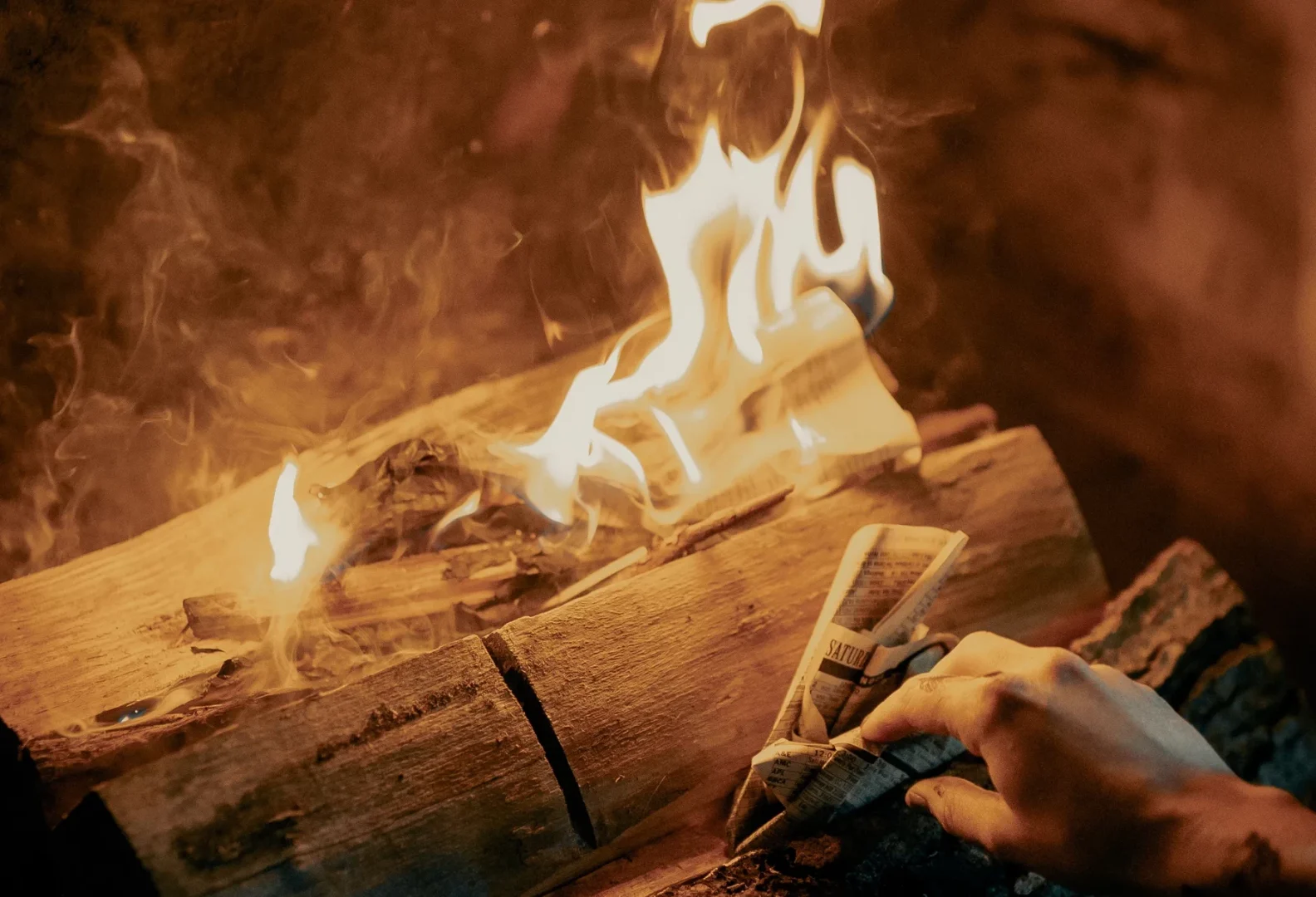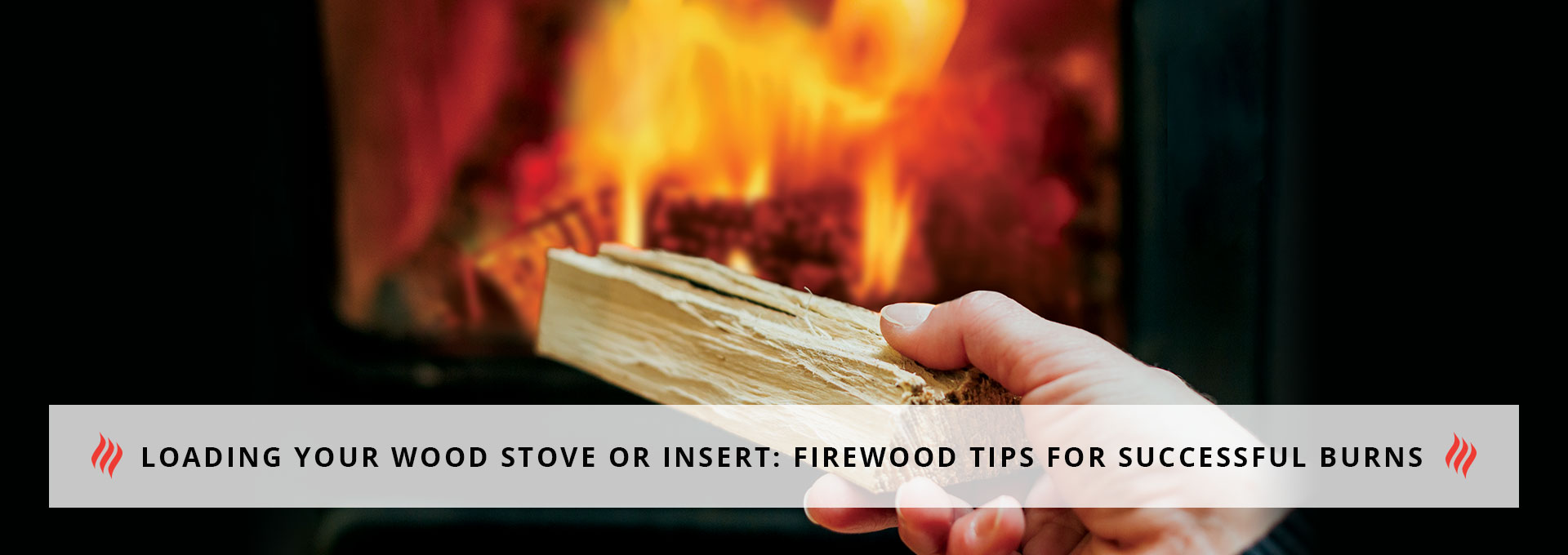Yes, you can burn cedar in a wood stove. Cedar wood produces a pleasant aroma when burned and is suitable for heating purposes.
Cedar is a popular choice for burning in wood stoves due to its high heat output and minimal smoke emission. It is important to ensure that the cedar wood is properly seasoned and dried to prevent excessive creosote buildup in the chimney.
Additionally, using small to medium-sized cedar logs can help maintain a clean and efficient burn in your wood stove. Overall, burning cedar can create a cozy and welcoming atmosphere in your home during the colder months.
Understanding Cedar Wood
Discover the essence of Cedar wood and its compatibility with wood stoves. Learn about the feasibility and benefits of burning Cedar in your wood stove for a cozy and aromatic ambiance. Uncover the insights on Cedar wood burning practices for a sustainable and efficient heating experience.
### Understanding Cedar Wood
Characteristics of Cedar Wood
Cedar wood is known for its aromatic fragrance and beautiful grains. It is a softwood with a reddish-brown hue. Resistant to decay, cedar is often used in construction and craftsmanship.
Burning Cedar in a Wood Stove: Pros and Cons
Pros:
1. Pleasant aroma when burned.
2. Creates cozy ambiance in the room.
3. Burns hot and fast, providing quick heat.
Cons:
1. High resin content can cause creosote buildup.
2. May produce sparks due to volatile oils.
3. Not ideal for prolonged burning due to rapid consumption.
Remember to exercise caution and proper maintenance when burning cedar in a wood stove.

Credit: fireplacesonline.com
Factors To Consider
Moisture Content Of Cedar Wood
Cedar wood needs to have low moisture content to burn efficiently in a wood stove.
Cedar Wood As Firewood: Btu And Heat Output
Cedar wood may have lower BTU compared to other hardwoods, affecting heat output in the wood stove.
Airflow And Combustion Efficiency
Proper airflow is crucial for efficient combustion when burning cedar wood in a wood stove.
Best Practices For Burning Cedar
Discover the best practices for safely burning cedar in a wood stove. Properly seasoned cedar can be used as a fragrant and efficient alternative fuel source. Understanding the guidelines is essential to ensure a clean and enjoyable burning experience.
Burning cedar in a wood stove can provide a cozy and fragrant atmosphere in your home. However, it is essential to follow certain best practices to ensure a safe and efficient burn. Here are some guidelines to consider:
Seasoning Cedar Wood
Properly seasoning cedar wood is crucial before burning it in a wood stove. Freshly cut or green cedar contains a high moisture content, which can lead to increased smoke, creosote build-up, and inefficient burning. To season cedar wood:
- Cut the cedar logs to the desired length, typically around 16 to 18 inches.
- Split the logs into smaller pieces to speed up the drying process.
- Stack the split cedar wood in a well-ventilated area, allowing air to circulate around the logs.
- Let the wood dry for at least six months to a year, depending on the climate.
- Check the wood’s moisture content with a moisture meter before using it in your wood stove. Ideally, the moisture content should be below 20% for efficient burning.
Mixing Cedar With Other Woods
While cedar can be burned on its own, mixing it with other woods can have its advantages. By blending cedar with denser hardwoods, such as oak or maple, you can enhance the overall burn characteristics and heat output. The combination of woods can provide a longer-lasting and more even heat. However, it’s important to:
- Choose seasoned wood for mixing, ensuring that all the different wood types have a similar moisture content.
- Adjust the ratio of cedar to other woods based on personal preference and desired burn qualities.
- Avoid using resinous or oily woods, as they can contribute to excessive smoke and creosote formation.
Size And Splitting Of Cedar Logs
The size and splitting of cedar logs also play a significant role in the burning process. Consider the following:
- Cut cedar logs into manageable sizes that can fit comfortably inside your wood stove.
- Avoid burning overly large logs, as they can smolder and create more smoke than heat.
- Split larger cedar logs to expose more surface area, allowing for faster and more efficient burning.
- Remove any knots or branches from the split sections, as they can also contribute to increased smoke.
Remember, when burning cedar in a wood stove, always prioritize safety by following the manufacturer’s guidelines, practicing proper fire management, and regularly maintaining your stove and chimney. By adhering to these best practices, you can enjoy the warmth and beauty of burning cedar while minimizing any potential issues.
Potential Risks And Safety Precautions
When burning cedar in a wood stove, it is essential to be aware of the potential risks and take necessary safety precautions to ensure the well-being of your household and the longevity of your wood stove. Understanding the potential hazards associated with burning cedar can help you make informed decisions and protect your home.
Creosote Buildup And Chimney Fires
Burning cedar in a wood stove can lead to the buildup of creosote, a highly flammable substance that accumulates in the chimney. This buildup increases the risk of chimney fires, which pose a serious threat to the safety of your home. The resinous nature of cedar wood contributes to the rapid formation of creosote, necessitating regular chimney inspections and cleanings to mitigate the risk of fires.
Toxic Emissions And Health Concerns
When cedar is burned, it releases toxic emissions that can negatively impact indoor air quality and pose health risks to individuals in the vicinity. The combustion of cedar wood can produce high levels of particulate matter and volatile organic compounds (VOCs), which can aggravate respiratory conditions and cause discomfort. Implementing proper ventilation and using airtight wood stoves can help minimize the exposure to toxic emissions, safeguarding the health of your household members.
Tips For Maximizing Efficiency
Looking to burn cedar in a wood stove? While this fragrant wood can be used, it’s important to exercise caution. Cedar produces more creosote than other wood types, requiring regular chimney maintenance. Additionally, it burns hot and fast, so it’s best used in small amounts or mixed with other hardwoods for efficient heating.
Tips for Maximizing Efficiency
Using Cedar Wood for Specific Heating Needs
When considering burning cedar in a wood stove, it’s essential to understand how to maximize efficiency. Cedar is known for its aromatic qualities and fast-burning nature, making it a popular choice for kindling and outdoor fire pits. However, when used in a wood stove, there are specific considerations to ensure optimal efficiency.
Using Cedar in Fireplace Inserts or Wood Pellet Stoves
When it comes to using cedar in fireplace inserts or wood pellet stoves, proper management is crucial for achieving efficient heating. While cedar can provide a pleasant aroma when burning, it is essential to be mindful of its high resin content, which can lead to increased creosote buildup in the chimney. This necessitates frequent cleaning to maintain optimal efficiency and safety.
Choosing Cedar Wood for Heating
Cedar can be a suitable option for achieving quick heat and adding a pleasant scent to your living space. However, it is important to note that cedar burns at a faster rate compared to hardwoods, meaning it may not provide long-lasting heat. It is ideal for short bursts of warmth or for kindling fires, particularly in the shoulder seasons when minimal heat is required. If you are looking for sustained heating, combining cedar with slower-burning hardwoods can be a practical strategy to maximize its efficiency.
Storing and Preparing Cedar for Burning
Storing cedar in a dry place for an extended period is crucial to ensure
when it comes time to burn it. Whether using it as kindling or as a primary fuel source, dry cedar ignites more easily and burns more efficiently. Additionally, splitting cedar into smaller pieces can allow for faster ignition and more controlled burning, optimizing its heating potential.
In conclusion, burning cedar in a wood stove can be a viable option for specific heating needs, provided that its unique characteristics are properly managed. Whether used for quick bursts of heat or combined with hardwoods for sustained warmth, understanding how to maximize the efficiency of cedar is essential for a positive heating experience.
Alternative Uses For Cedar Wood
Cedar wood is often associated with its traditional uses in construction, furniture-making, and crafting due to its durability and beautiful grain pattern. However, did you know that cedar wood can also be utilized in alternative ways? In this blog post, we will explore the different uses and benefits of cedar wood, particularly when it comes to outdoor fires.
Benefits Of Cedar For Outdoor Fires
Cedar wood has long been favored for use in outdoor fires, such as bonfires or fire pits. Its unique properties make it an excellent choice for these purposes.
- Aromatic: Cedar wood releases a pleasant and distinctive fragrance when burned, enhancing the ambience of your outdoor gathering. The sweet scent can create a cozy and inviting atmosphere for you and your guests.
- Insect Repellant: One of the remarkable qualities of cedar wood is its natural insect-repellant properties. When burned, cedar emits a natural oil called thujaplicin, which acts as a deterrent to insects. This can be particularly useful in outdoor settings where bugs may be a nuisance.
- Minimal Smoke: Cedar wood generally produces less smoke compared to other types of wood. This is advantageous for outdoor fires as it minimizes the risk of smoke irritation and allows for a more enjoyable experience around the fire.
- Long Burn Time: Cedar wood burns relatively slowly and produces a long-lasting flame. This means you can spend more time enjoying the warmth and glow of the fire without constantly needing to add more logs.
These benefits make cedar wood an ideal choice for those looking to have a memorable outdoor fire experience. Whether you are gathering with friends, roasting marshmallows, or simply enjoying the peace of a crackling fire on a cool evening, cedar wood can provide the perfect fuel for your outdoor fires.

Credit: www.regency-fire.com
Frequently Asked Questions On Can You Burn Cedar In A Wood Stove
Can Cedar Be Burned In A Wood Stove?
Yes, cedar can be burned in a wood stove, but it is important to ensure that the wood is properly seasoned to avoid excessive creosote buildup and potential chimney fires. Cedar should also be mixed with other hardwoods for optimal heat output and efficiency.
Is Burning Cedar In A Wood Stove Safe?
Burning cedar in a wood stove can be safe if done properly. It’s important to use well-seasoned cedar to minimize creosote buildup, have regular chimney cleanings, and ensure proper ventilation. Using a mix of hardwoods with cedar can also help to maintain a safe and efficient burn.
What Are The Benefits Of Burning Cedar In A Wood Stove?
Burning cedar in a wood stove can impart a pleasant aroma and provides good heat output. Additionally, cedar has natural insect-repelling properties, which can be beneficial when used in a wood stove. However, it’s important to use it in moderation and with proper precautions.
Conclusion
Cedar can indeed be burned in a wood stove, but there are important factors to consider. While cedar creates a pleasant aroma, it burns at a lower temperature and generates more creosote buildup. It’s crucial to have proper ventilation and regular chimney cleaning.
To maintain the longevity of your wood stove, it’s advisable to mix cedar with other firewood options. Always prioritize safety and use cedar as a supplement rather than the primary fuel source.

Sohel Rana is a seasoned author whose passion for home and kitchen essentials permeates through his writing. Born and raised in a small town nestled amidst lush greenery, Rana’s fascination with the intricacies of domestic life blossomed from an early age. His upbringing in a close-knit family environment instilled in him a deep appreciation for the importance of a well-equipped kitchen and a cozy home

